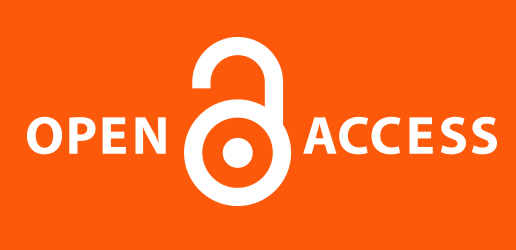MENARI SEBAGAI MEDIA DANCE MOVEMENT THERAPY (DMT)
Abstract
The purpose of this research is to get in-depth information about the benefits and importance of giving Dance Movement Therapy (DMT) to the students through Dance learning. Expected by knowing more about this information, will be useful in supporting the learning process and improve student achievement. Therefore the method used in this study is a qualitative study with direct survey and literature study. From this study, it was found that DMT administration through dance can assist in (1) enhancing the integration of cognition, affection, and physical experience; (2) expression of competence; (3) increase self-awareness; (4) as a form of coping in an effort to overcome the problem of pressure/stress, mood, emotion; (5) helps in improving self-efficacy (6) is a form of social support. In addition, the literature study on guidance on DMT was obtained. DMT These results can be used as a strong basis for the importance of DMT therapy through dance learning in schools to the students to assist in the process of improving the outcomes of the learning process in school.
References
Amir, N., & Saifuddin. (2017). Developing a measurement tool of the effectiveness of the physical education teachers’ teaching and learning process. Journal of Physical Education and Sport, 17(1), 127-134. Retrieved from http://efsupit.ro/images/stories/01feb2017/art%2020.pdf
Maulana, R., Irwan, I., Hanum, M. C., Mujiburrahman, M., & Lidiana, L. (2022). The effectiveness of TOEFL app for final-year students of Marine and Fisheries Faculty Universitas Syiah Kuala, Indonesia. E3S Web of Conferences, 339, 1-4. Retrieved from https://www.e3s-conferences.org/articles/e3sconf/abs/2022/06/e3sconf_10icmr-2insaef2022_06005/e3sconf_10icmr-2insaef2022_06005.html
Amir, N., Saifuddin, S., Muhammad, M., & Maulana, R. (2022). An analysis of lighting design in a football stadium. E3S Web of Conferences, 339, 1-5. Retrieved from https://www.e3s-conferences.org/articles/e3sconf/abs/2022/06/e3sconf_10icmr-2insaef2022_06008/e3sconf_10icmr-2insaef2022_06008.html
Maulana, R., Ismi, R. Z., & Lidiana, L. (2020). Rancangan animasi media pembelajaran bahasa Inggris ke Indonesia untuk anak usia dini berbasis Adobe Flash. Jurnal Sains Komputer & Informatika, 4(2), 379-385. Retrieved from https://tunasbangsa.ac.id/ejurnal/index.php/jsakti/article/view/229/211
Amir, N., Saifuddin, S., & Maulana, R. (2021). Modifying the regulations in Geudeu-Geudeu martial art. Annual International Conference on Social Sciences, 11, 270-274. Retrieved from https://jurnal.usk.ac.id/AICS-Social/article/view/24358/15290
Maulana, R., Ma'ruf, D., & Tarmizi. (2020). Model media pembelajaran menggunakan aplikasi blended learning berbasis mobile. Journal Informatic, Education and Management, 2(2), 54-62. Retrieved from https://jurnal.stmikiba.ac.id/index.php/jiem/article/view/27/25
Amir, N., & Saifuddin. (2018). Analysis of body position, angle and force in lawn tennis service accuracy. Journal of Physical Education and Sport, 18(3), 1692-1698. Retrieved from https://efsupit.ro/images/stories/september2018/Art%20247.pdf
Maulana, R., & Bahruni, B. (2020). An Android-based vocabulary model for autism. International Journal of Information System and Technology, 3(2), 221-226. Retrieved from https://ijistech.org/ijistech/index.php/ijistech/article/view/53/53
Amir, N., & Saifuddin. (2017). Developing a measurement tool of the effectiveness of the physical education teachers’ teaching and learning process. Journal of Physical Education and Sport, 17(1), 127-134. Retrieved from http://efsupit.ro/images/stories/01feb2017/art%2020.pdf










